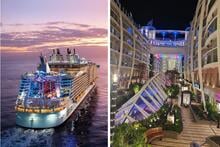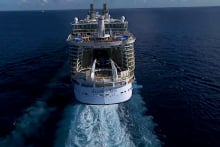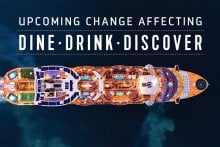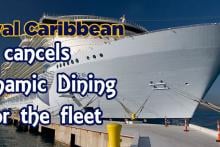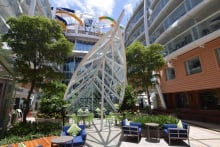One cruise ship truly changed the industry when it debuted, and it remains one of Royal Caribbean's best ships.
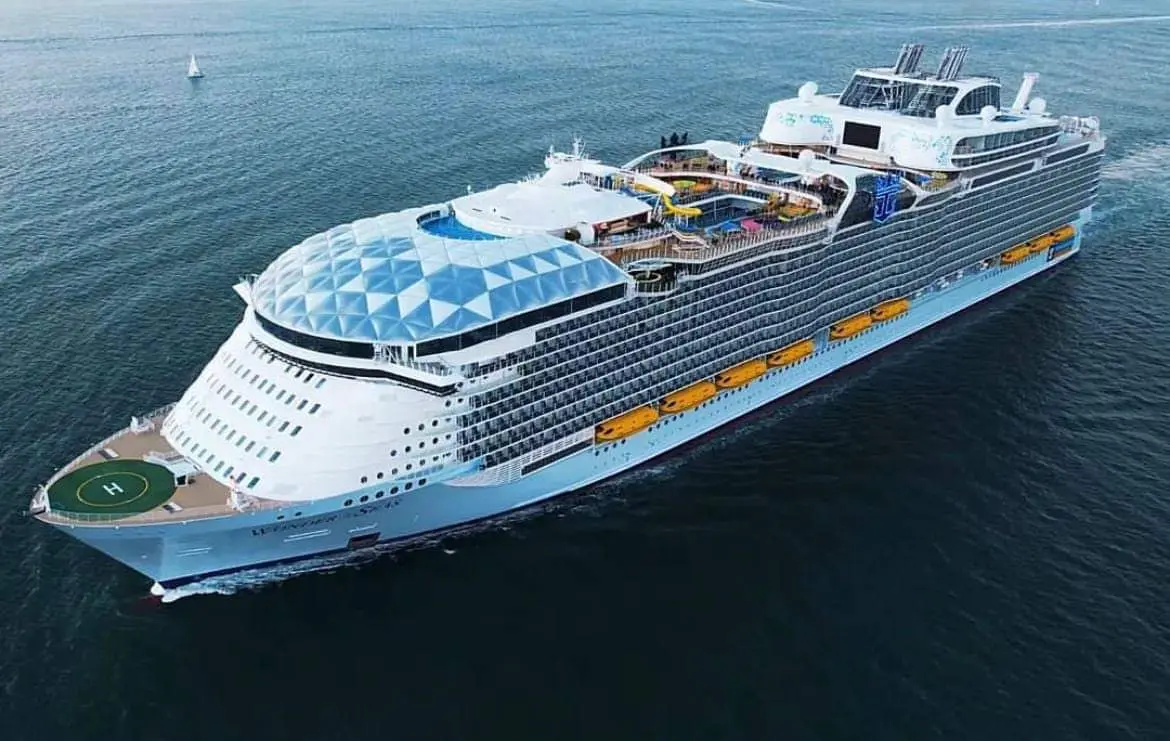
When Royal Caribbean first launched Oasis of the Seas in 2009, every cruise ship that came before it suddenly felt obsolete. The Oasis Class did not merely enlarge the scale of cruising, it redefined what a cruise ship could be.
More than a decade later, Royal Caribbean’s leadership remains confident that the Oasis Class wasn’t just a milestone in naval engineering, but a turning point in modern leisure.
According to Jason Liberty, CEO of Royal Caribbean Group, the enduring success of the class stems from a culture of sustained reinvention. “Continuous improvement is really one of our key mantras in the company," Liberty stated. “How do we make it better tomorrow? How do we make it better ten years from now? And that’s where all the dreaming comes in."
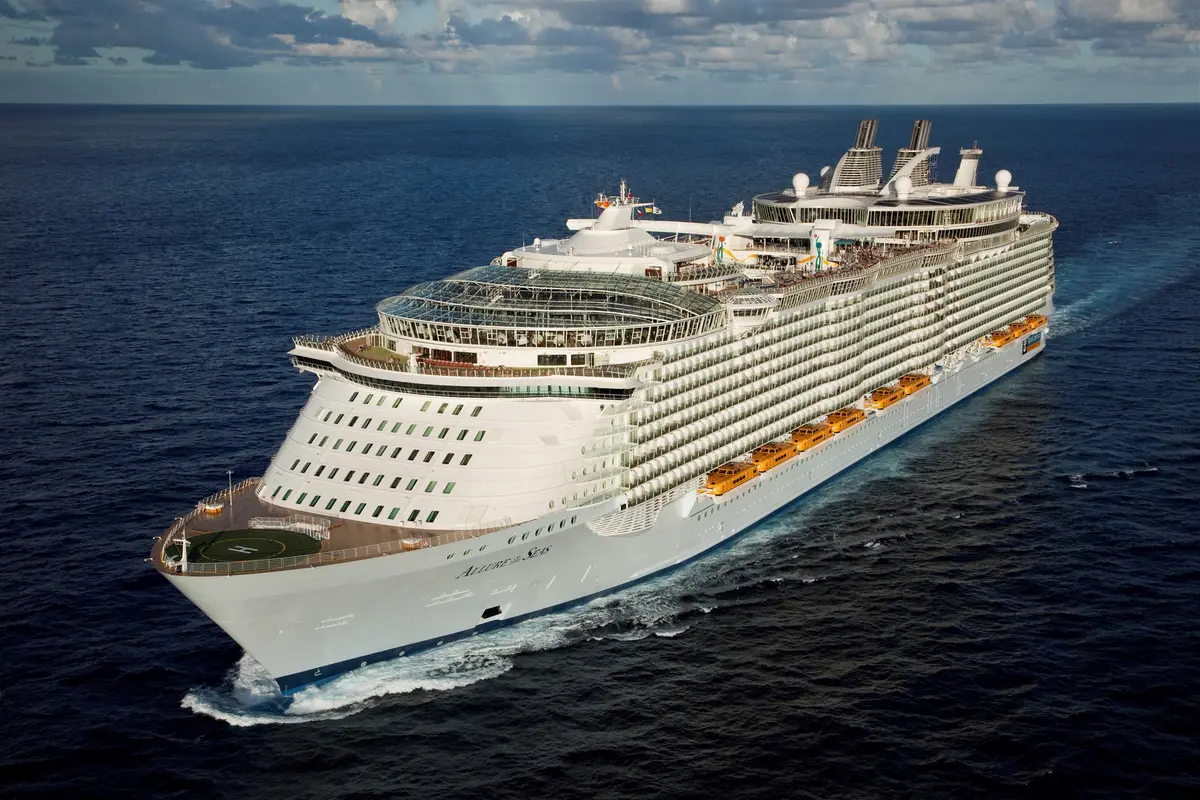
This spirit of ambition was at the heart of the Oasis Class from the beginning. Harri Kulovaara, Executive Vice President of Maritime & Newbuilding, recalls the magnitude of the project with characteristic understatement. “When we started to dream of a ship of this size, that time was probably for us the largest leap in the design process, in the technical process, in managing something as complex as it is.”
From a technical and conceptual standpoint, Oasis was a radical departure. Rather than following the industry’s established formula, Royal Caribbean set out to design something that reoriented the very idea of vacation at sea. “When the Oasis class first debuted in the cruise industry,” said Darren Budden, Director of Product Development, “it for the first time truly made the ship the destination on a cruise vacation. The Oasis class has been copied but never replicated.”
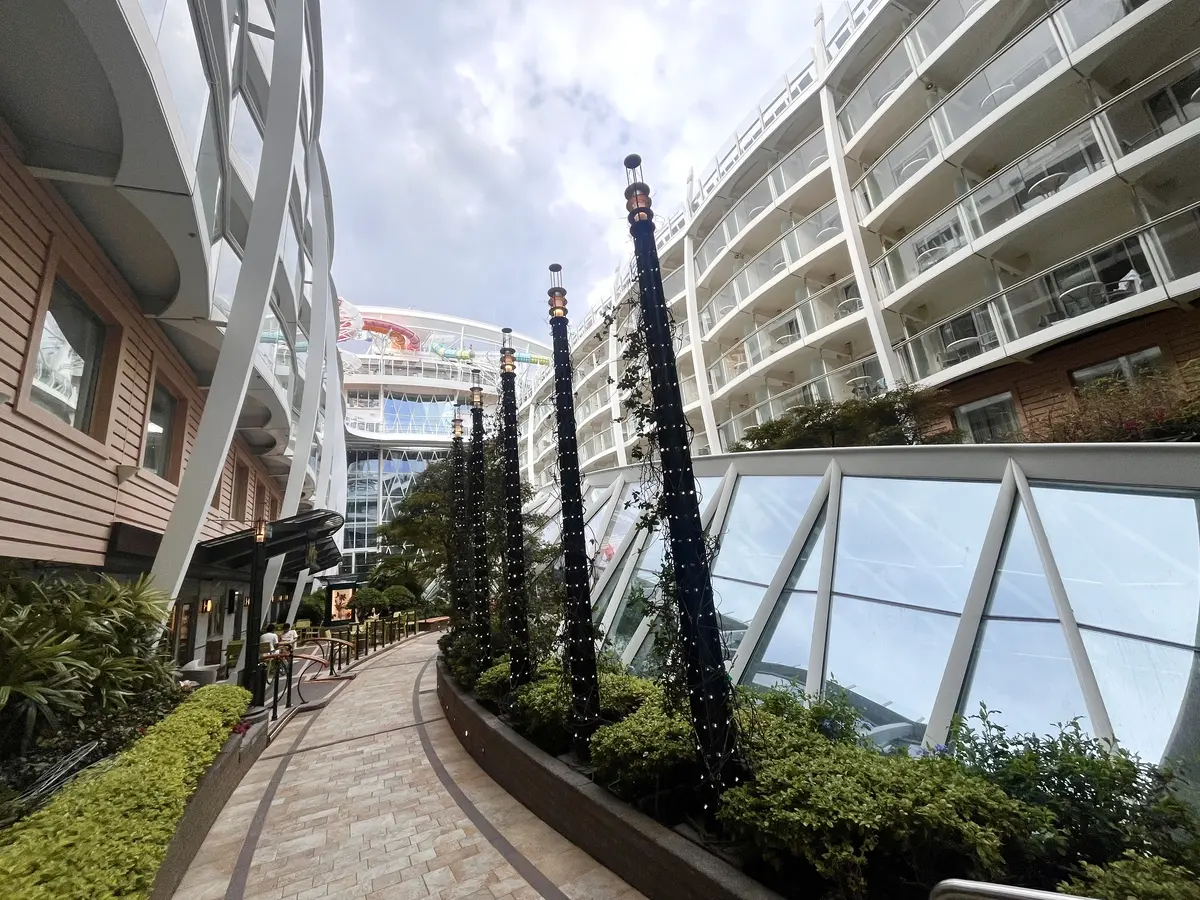
The list of innovations introduced with Oasis is extensive: Central Park, an open-air green space inspired by Manhattan; the AquaTheater, a vast amphitheater built into the ship’s stern; the Ultimate Abyss, the tallest dry slide at sea. These were not gimmicks, but carefully calculated design choices meant to segment the ship into “neighborhoods,” each offering a distinct experience.
Kelly Gonzalez, Senior Vice President of Architectural Design, traced the origin of Central Park back to analytical design work. “We had realized that Central Park in Manhattan was proportionate to the atrium that we had on Oasis class to the size of the ship.” What could have remained a novelty was instead transformed into a peaceful, living environment in the middle of the ocean. “It’s a beautiful setting,” said Michael Bayley, President & CEO of Royal Caribbean International. “Tens of thousands of plants and trees. It’s very special.”
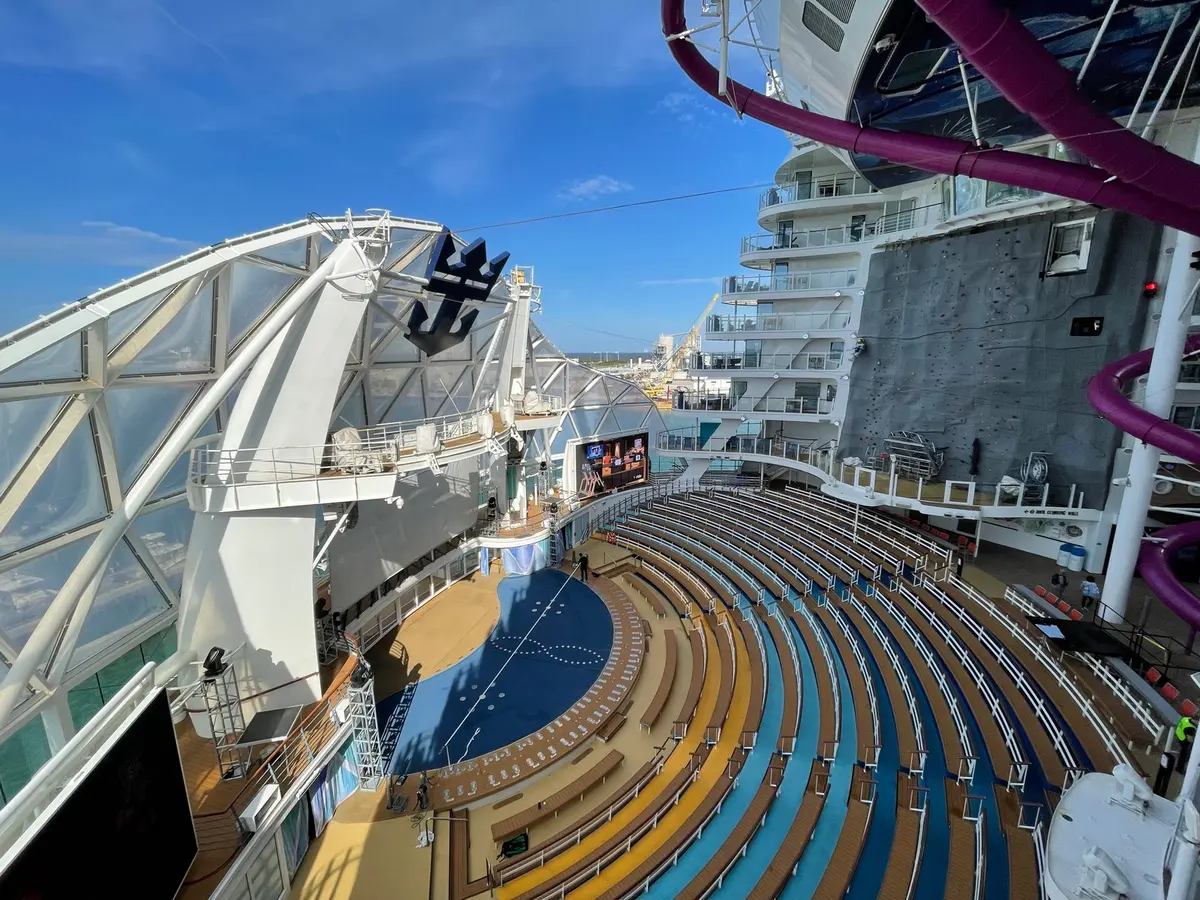
Equally daring was the AquaTheater. “We said there needs to be an amphitheater which is looking into the ship,” Kulovaara noted. “It wasn’t easy to put 500 tons of water into that area.” But the ambition paid off. The AquaTheater became a defining feature of the class, enabling diving performances and acrobatics that were once unthinkable on a moving vessel.
This willingness to challenge conventions remained a hallmark of the class’s evolution. Jay Schneider, Senior Vice President and Chief Product Innovation Officer, emphasized how *Oasis of the Seas* became its own benchmark. “In 2009, Oasis of the Seas was a game changer for the industry,” he said. “And the beauty of that class is it’s only continued to evolve and compete essentially with itself.”
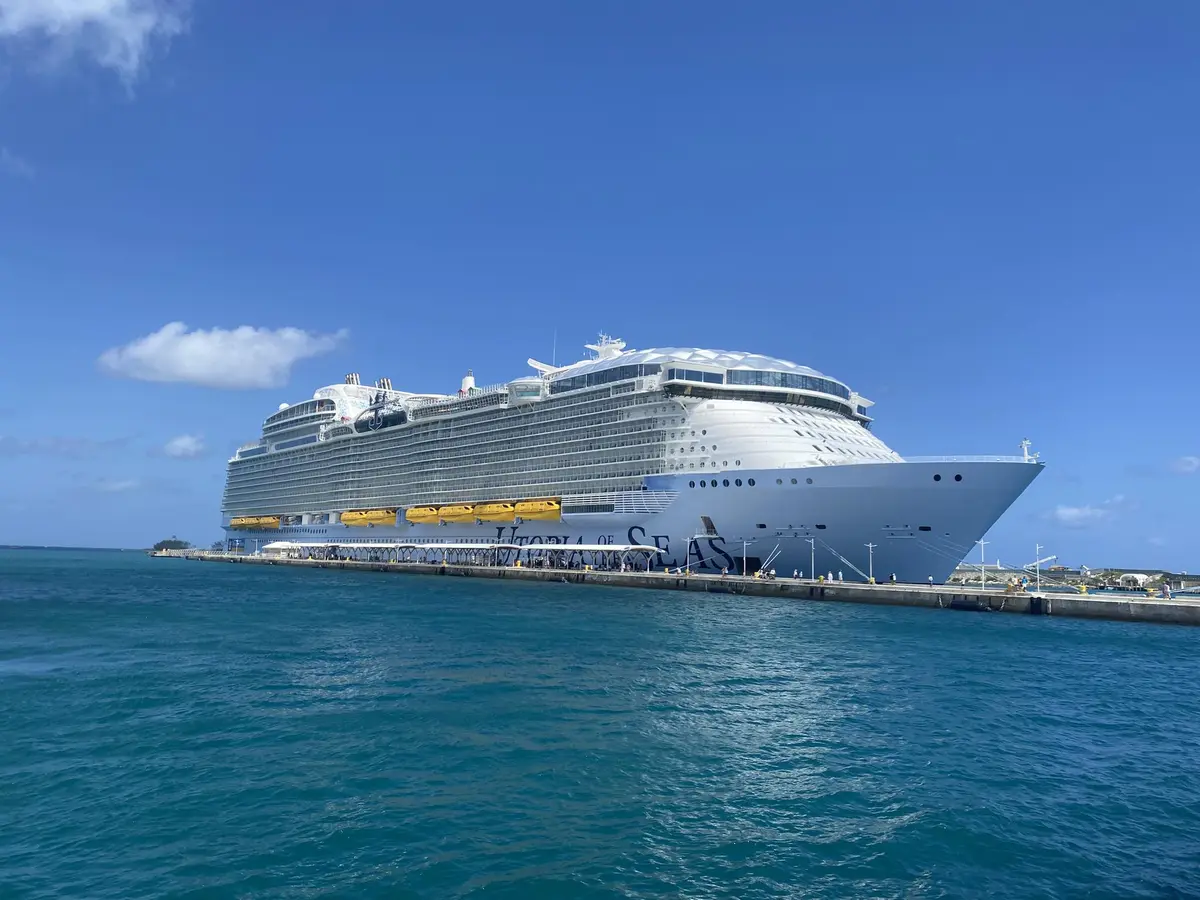
Indeed, each new Oasis-class ship has become an exercise in refinement. “Every Oasis class is an evolution of the previous one,” Bayley explained. “Everything we learn from the first to the second to the third, to the fourth, to the fifth, to the sixth, Utopia is built in and refined.”
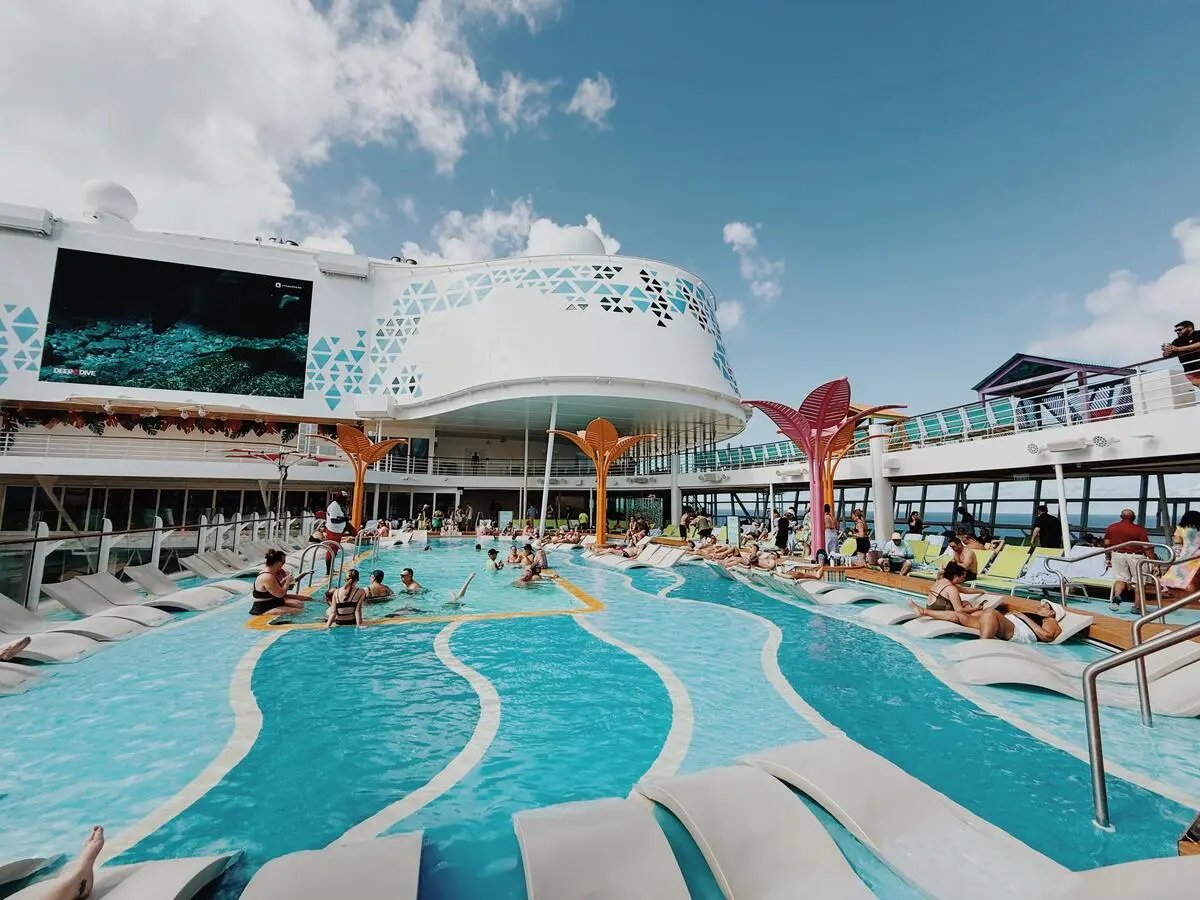
*Utopia of the Seas*, launching as the sixth ship in the class, represents the current apex of this approach. Schneider describes it as “tradition, evolution, revolution.” The ship not only carries forward signature features like the Ultimate Abyss and AquaTheater, but also rethinks elements such as the open deck and dining venues. “It’s a food and beverage revolution and evolution, all packaged in one,” he said.
Julie Ansorge, Senior Product Owner, highlighted the revitalized Ultimate Abyss slide. “We added another section to it with rollers so that you get a little boost… It also is going to have a false exit, which is a clear acrylic section. So when you come around that bend, it looks like you’re going to shoot out into the boardwalk.”
Other enhancements address more subtle aspects of guest behavior. “One of the main guest focuses that we wanted to address was the need for more nighttime activations,” Ansorge explained. “This is going to be the world’s biggest party.”
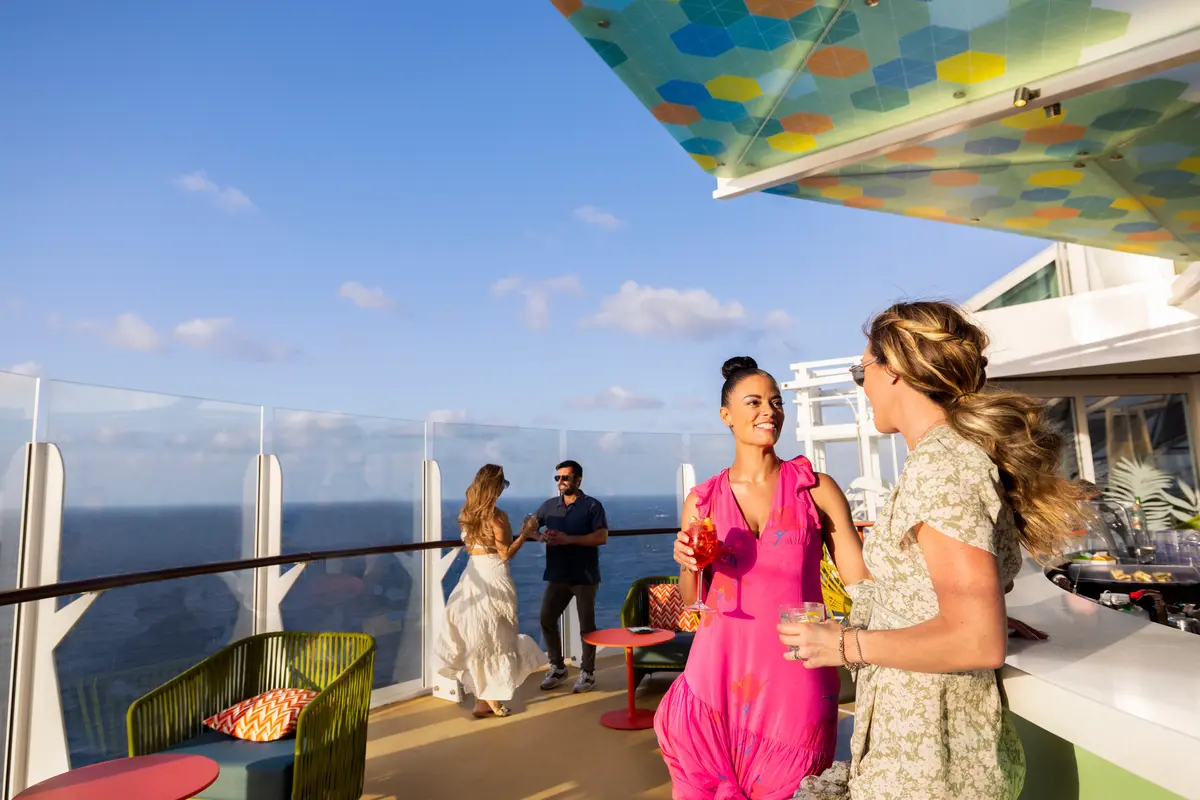
Royal Caribbean has also been deliberate in creating ships that can evolve in service. “We build the ships from the beginning in such a way that we have capability of adding weight,” said Kulovaara. “We always try to think that there’s always room for some revolutionary thoughts.”
This built-in flexibility supports the line’s “Royal Amplified” modernization program. Daniella Hoffmann, Associate Vice President of Product Development, described the effort as an ongoing response to guest expectations. “We start the process by asking questions and really honing in on what are the things that differentiate this experience from any other.”
For all its scale and complexity, the Oasis Class has never lost sight of its central purpose. As Bayley put it: “We’ve always been focused on making sure that we’re highly relevant with our guests. And as guests change and families evolve, so does Royal Caribbean.”
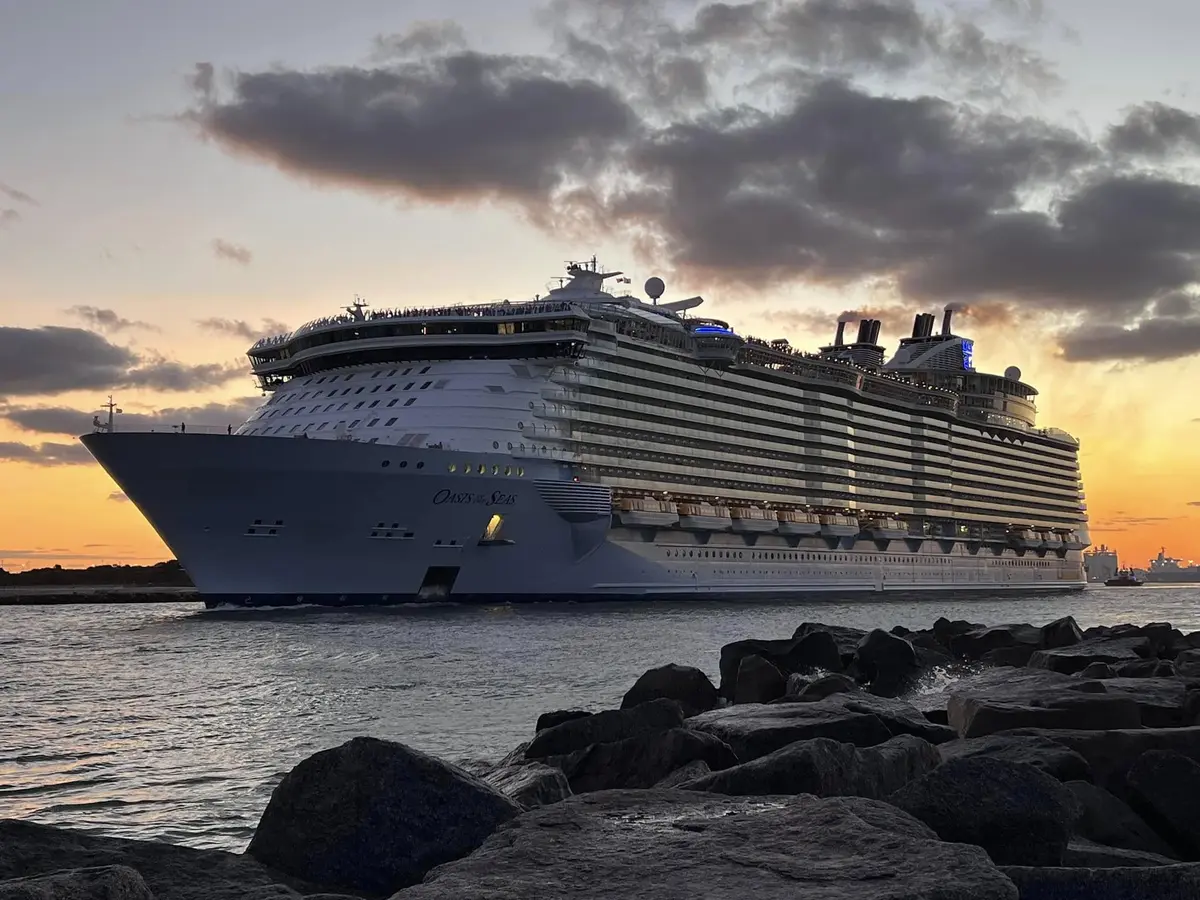
The enduring relevance of Oasis Class is perhaps best summarized by Kulovaara himself. “I think Oasis was enormously successful from day one and has fulfilled all the expectations,” he reflected.
“It broke in many ways the paradigms which are in cruising. It has not only changed Royal Caribbean—I think it has changed the entire industry.”
In an era where many cruise lines follow trends, Royal Caribbean’s Oasis Class continues to chart its own course—anchored not in spectacle for its own sake, but in a disciplined, evolving vision of what the cruise experience can offer.


